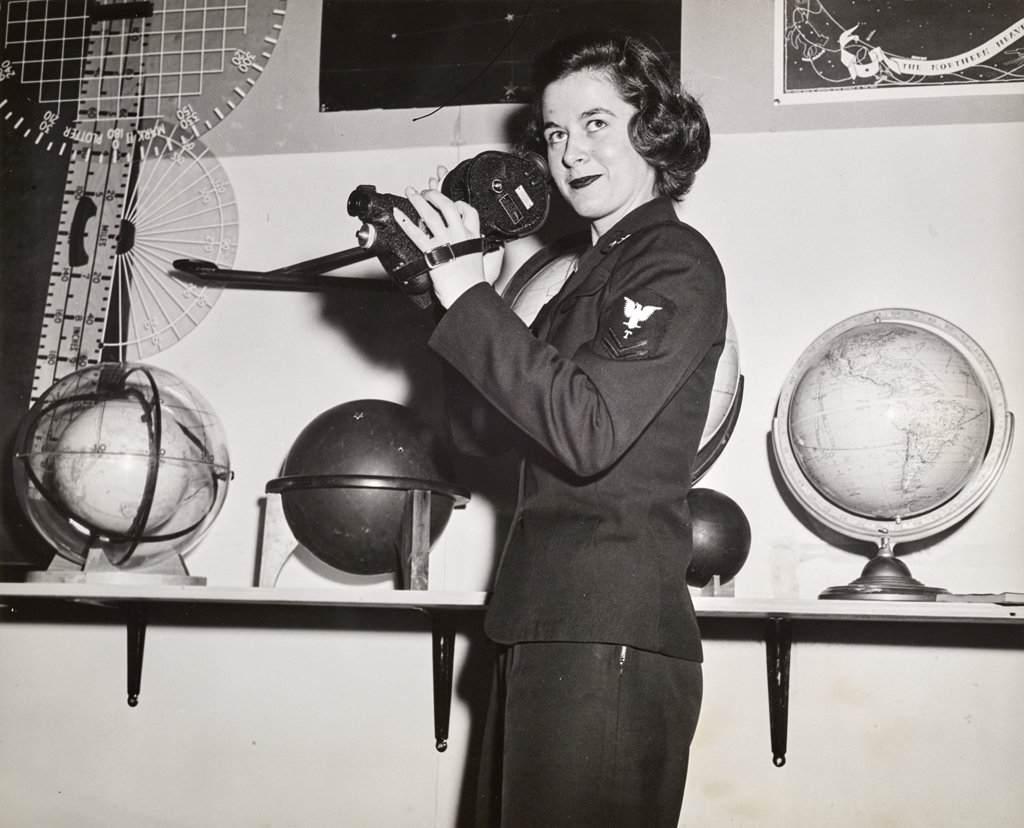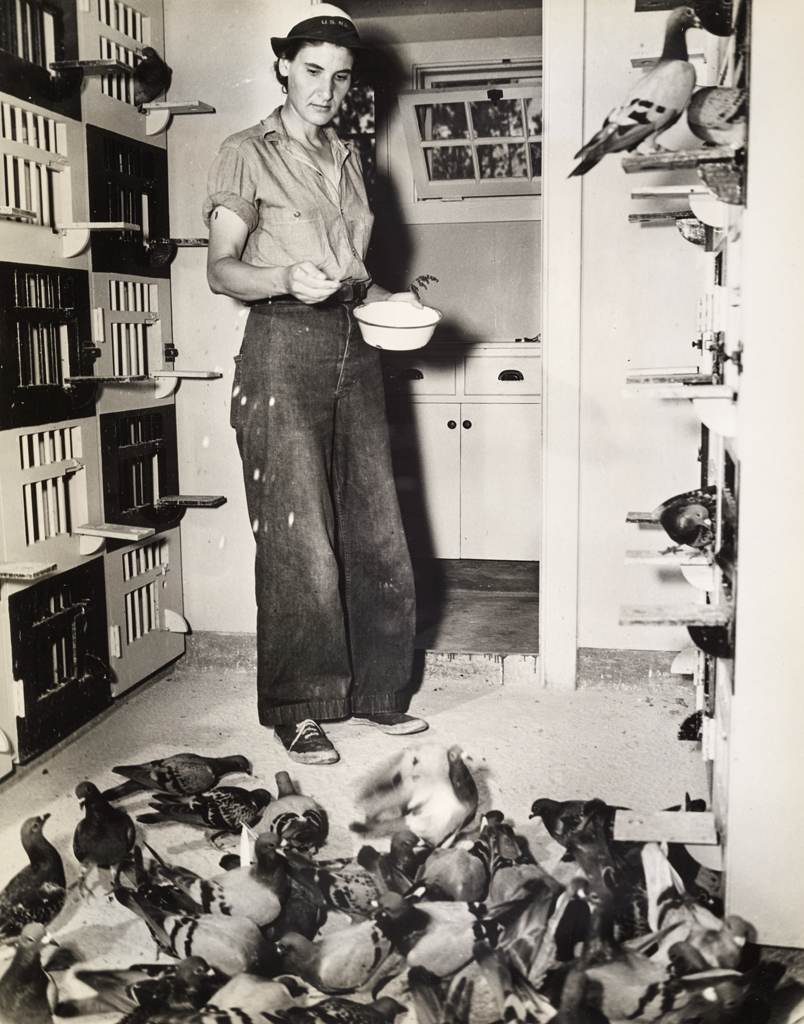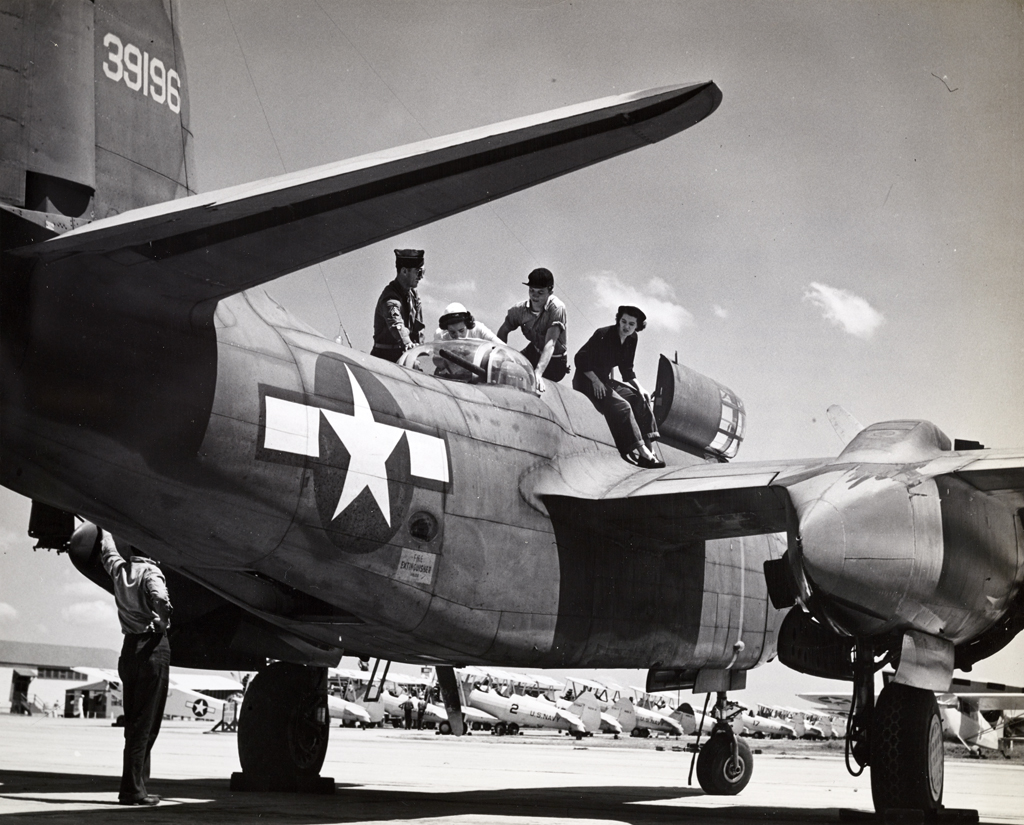Women Accepted for Volunteer Emergency Service (WAVES) was the women’s branch of the Naval Reserves during World War II. The WAVES was created on July 30, 1942 when President Franklin Roosevelt signed the Navy’s Women’s Reserve Act into law. Similar to the Women’s Army Corps (WAC) the WAVES was enacted to allow women to take over certain jobs in the Navy and free up men for sea duty. WAVES were allowed to enlist and were then able to apply for officer’s candidate school. However, it was implied that at the close of WWII, the WAVES would be disbanded. Mildred H. McAfee served as the first director of the WAVES, beginning at Lt. Commander and was eventually promoted to Captain.
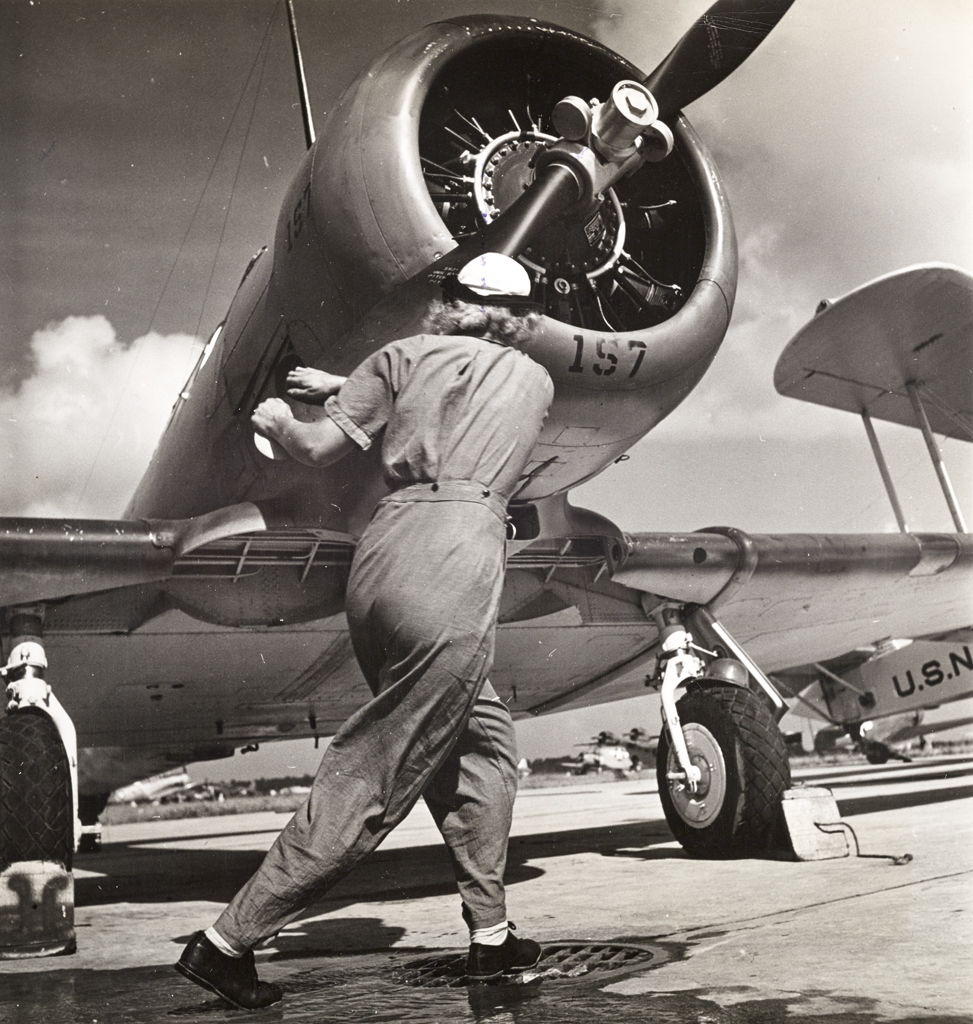
Women were first able to enlist in the Navy Reserves in World War I as Female Yoemen. This program began in 1917, and the women who joined enlisted for the same reason that women joined the WAVES in WWII; patriotism and a desire to help end the war earlier. Female Yeomen were disbanded in 1920, and nurses remained the only women in the navy until 1942, when the WAVES were created.
Like many of the women’s reserves groups at the time, the standard for enlisting women was slightly higher than those for men. For enlisted WAVES, at least a High School diploma was required. For officers school, a college degree or two years of college and two years of relevant work experience were required. While held to a different standard, WAVES received equal pay for equal rank, and went through the same courses and training as men in the Navy, which included 2 months of general training, followed by specialized training if necessary. WAVES were, also, not allowed to sign up for overseas duty until 1945, and even then, the options were Hawaii and Alaska, both of which were U.S. territories, but not states at that point.
WAVES service was set at the duration of the war plus an additional 6 months if necessary. WAVES worked at naval bases across the US, ranging from yeoman, chauffeur and baker to pharmacist, artist, and aircraft mechanic. The main positions filled by WAVES were clerical or aircraft related. About 90,000 women served in the WAVES during WWII, making up about 2% of the Navy’s service people at the time. The advent of the WAVES also marked the Navy’s first female doctor, lawyer, bacteriologist, and computer specialist.
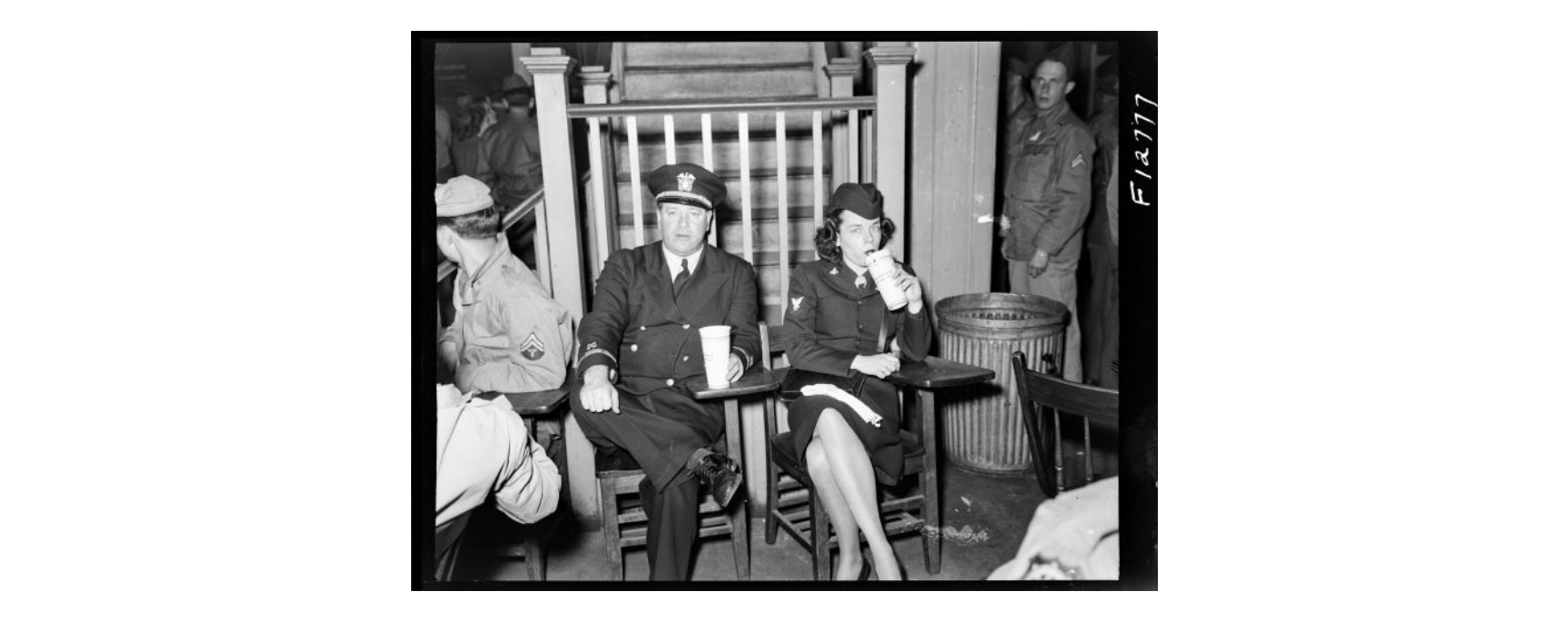
While relatively few WAVES were stationed at HRPE compared to WACs and Nurses, we do have records of a few in the Hampton Roads area. Below you can see Pfc. Martin Lewis and Francis Sonnenfield, yeoman 2nd class, celebrating their wedding. On Lewis’s side is Cpl. Joseph Miller, best man, and on Sonnenfield’s side is Dorothy Katz, metalsmith 2nd class, her fellow WAVES and bridesmaid.
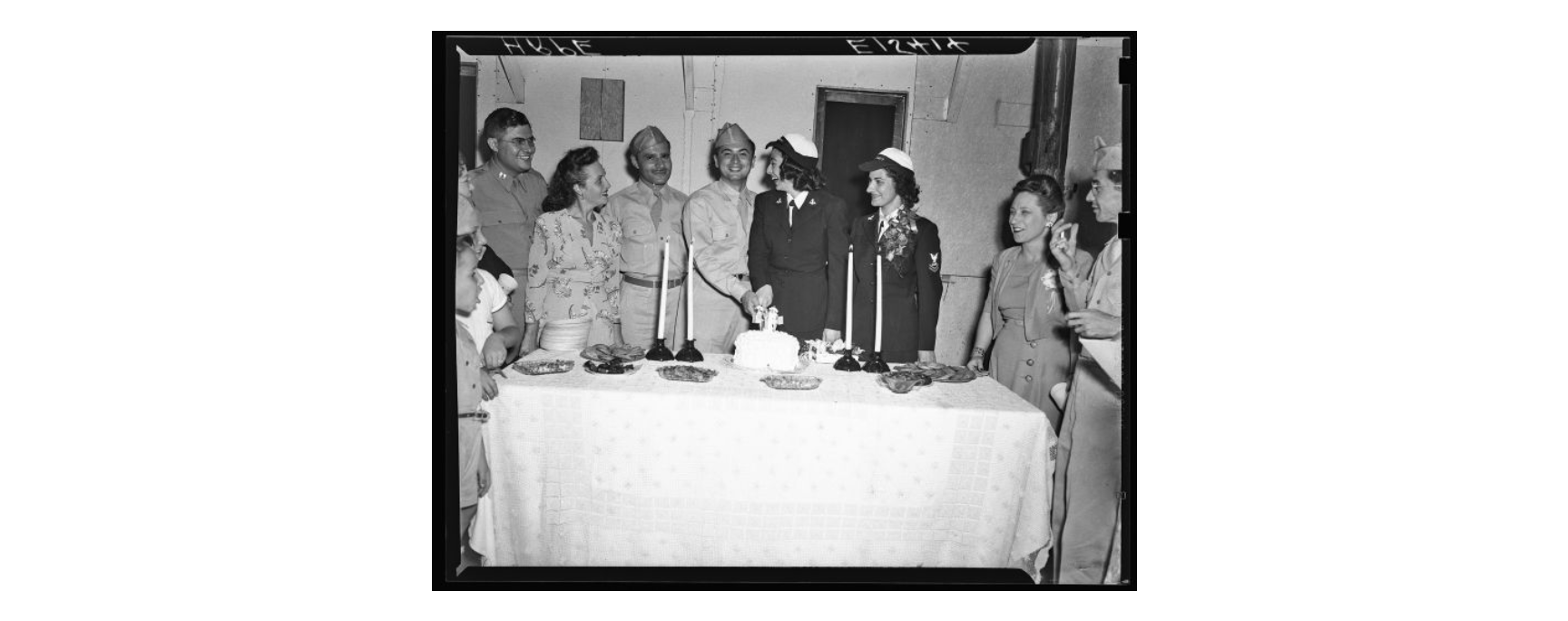
Although fewer WAVES served at HRPE, they still played an instrumental part in both the fight to win the war and in the fight to change minds about what women can do. WAVES, like many other women’s units during WWII, helped set the stage for the world after the war, proving that women could do jobs equal to men and had a place in the work force.
References:
https://www.womenshistory.org/exhibits/waves-world-war-ii
https://www.u-s-history.com/pages/h1708.html
https://airandspace.si.edu/stories/editorial/waves-program-color-world-war-2
https://www.nationalww2museum.org/war/articles/its-your-war-too-women-world-war-ii
